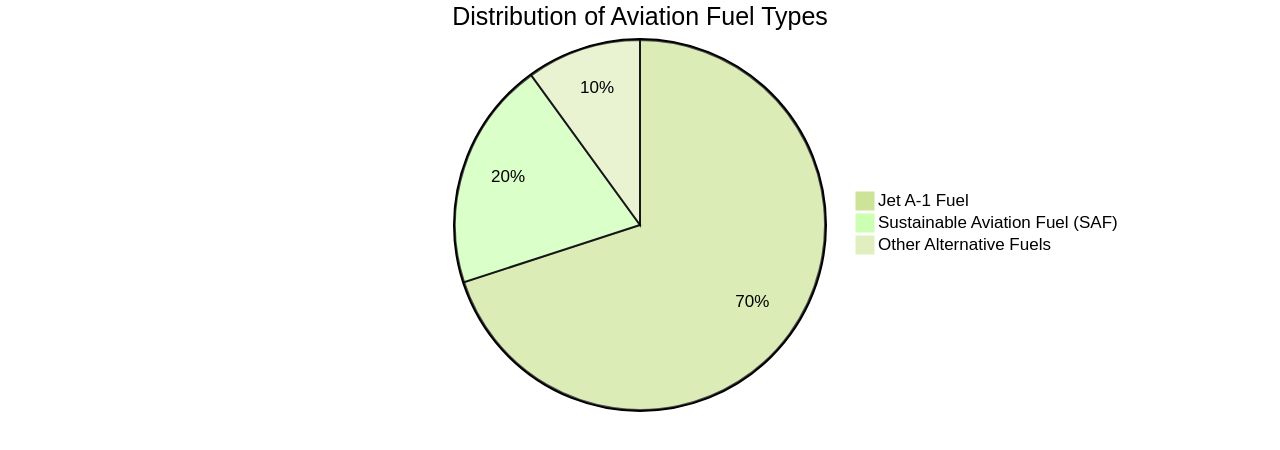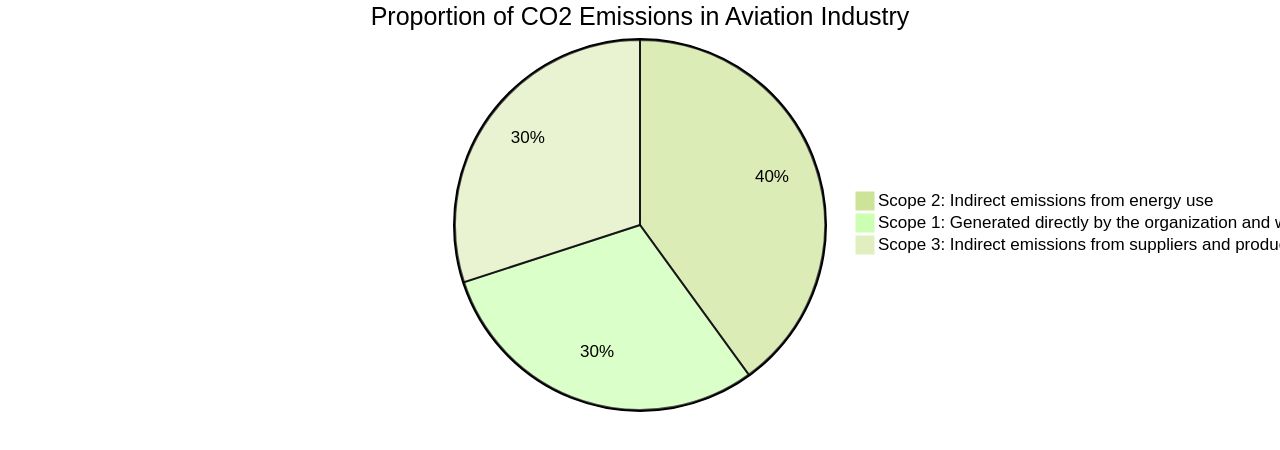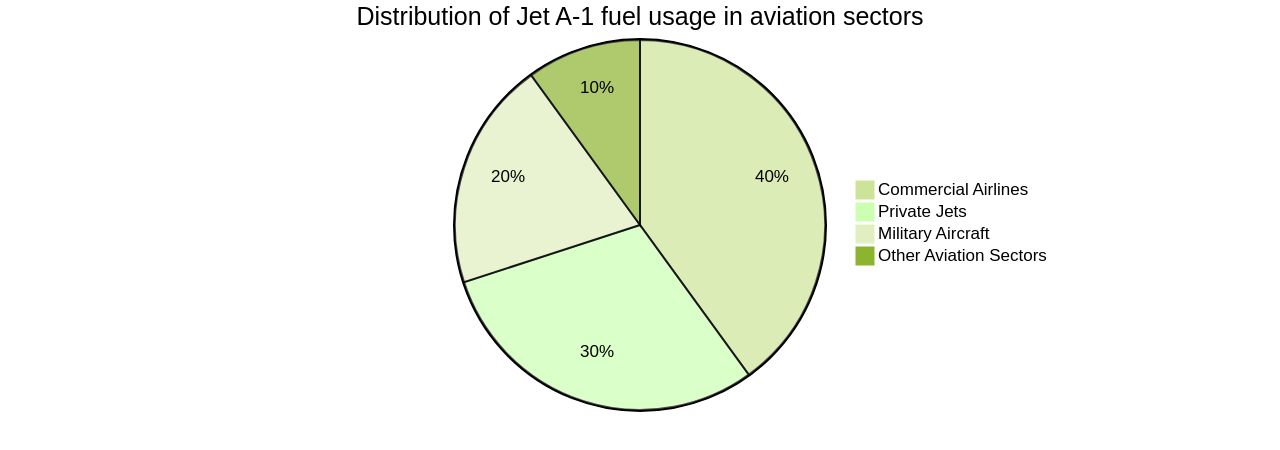Introduction
Despite the historical reliance on Jet A-1 fuel, the aviation industry is making strides towards reducing its carbon footprint. In this article, we will explore the industry's transition to greener alternatives, such as sustainable aviation fuel (SAF), and the challenges it faces in adopting these fuels.
We will also delve into the environmental impact of Jet A-1 fuel and the role of SAFs in decarbonizing the aviation sector. Additionally, we will discuss the benefits of Jet A-1 fuel for sustainable aviation and the innovative technologies driving the transition. Join us as we delve into the world of renewable fuels in the aviation industry.
Understanding Jet A-1 Fuel
Despite the historical reliance on Jet A-1 fuel, the aviation industry is making strides towards reducing its carbon footprint, which contributes to approximately 2% of global carbon emissions. The industry is exploring greener alternatives to create kerosene without relying on fossil fuels. The potential solution lies in sustainable aviation fuel (SAF), derived from various feedstocks like biomass, waste products, natural oils, and fats.
SAF's adoption is gradually increasing, especially in Europe, the UK, and the USA. However, the transition to SAF is a massive undertaking that involves modifications to aircraft fleets, airports, and fueling infrastructure. Furthermore, SAF is not a universal solution; it encompasses various blends with traditional jet fuels.
The blend can only be labeled as SAF if it reduces emissions by a specific percentage. Despite these challenges, industry pioneers like Virgin Atlantic are pushing the boundaries of sustainable fuels, setting the course for long-haul aviation decarbonization. For instance, Virgin Atlantic recently made history by operating the first fully SAF-powered transatlantic flight.
Yet, SAFs currently account for less than 0.1% of all fuel used, with production costs 2-5 times higher than conventional fuel. Thus, the aviation industry faces a steep learning curve and must address key questions around affordability, sustainability, and scaling up production. Nevertheless, the promise of sustainable air travel makes these efforts worthwhile.
To truly make a difference, SAFs must become the majority of the industry's climate progress in the coming decades, as per many aviation net-zero plans. The industry must expand the supply of these alternative fuels, which are attractive because they require minimal adjustment of existing infrastructure. The journey towards a greener aviation industry is a challenging one, but the potential rewards make it a worthwhile endeavor.

The Environmental Impact of Jet A-1 Fuel
The aviation industry, accountable for 2-3% of global CO2 emissions, is confronted with the significant task of decarbonization. Its CO2 emissions have seen a twofold increase since the mid-1980s, and without intervention, could utilize a quarter of the CO2 budget necessary to limit global warming to 1.5°C by 2050.
This underscores the role of Sustainable Aviation Fuels (SAFs), regarded as the primary instrument for decarbonizing the sector. SAFs hold the potential to counterbalance their carbon dioxide emissions, contingent on the production process.
The optimal scenario is a process that soaks up enough carbon that the emissions from fuel combustion would be essentially nullified. However, this is a long way from the present situation, as the production process can also contribute to carbon dioxide emissions.
Pioneering airlines such as Virgin Atlantic and Emirates have embarked on ambitious plans to operate flights solely powered by Safe. These airlines have proven the feasibility of operating flights using 100% Safe, setting a precedent for the industry.
Yet, Safe are not a panacea, as they are various blends with conventional jet fuels, and their sole use will not result in complete decarbonization. A promising avenue is flexiforming, a technology presented by Unifuel.tech.
This can be employed in an idle hydrotreater or reformer, minimizing capital expenditure and carbon intensity. Flexiforming tailors the application by evaluating feeds, target products, and existing facilities. Nevertheless, a holistic approach that encompasses modifications to aircraft fleets, airports, and fueling infrastructure is vital for a successful transition. Despite substantial obstacles, the aviation industry is dedicated to achieving net-zero CO2 emissions by 2050. This will necessitate significant progress, as alternative fuels currently constitute less than 0.2% of the global jet fuel supply. The transition may be arduous, but as the founder of Virgin Atlantic stated, the world will always assume something can't be done, until it is done.

Benefits of Jet A-1 Fuel for Sustainable Aviation
Jet A-1 fuel, despite its environmental implications, plays a crucial role in the transition towards sustainable aviation. Its compatibility with existing aircraft and infrastructure eliminates the need for major modifications, thus facilitating a smooth transition to eco-friendlier fuels. Moreover, Jet A-1 fuel can be blended with sustainable alternatives such as biofuels or synthetic fuels, thereby reducing its carbon intensity.
This offers a pathway towards more sustainable aviation fuels without major infrastructural or technological shifts. Innovative technologies like Unifuel.tech's Flexiforming are significantly contributing to this transition. Flexiforming allows operators to manage the pace of their decarbonization efforts.
It can be implemented in a dormant hydrotreater or reformer, thereby reducing both capital expenditure and carbon intensity. Research and development efforts remain focused on improving Jet A-1 fuel's environmental performance. This includes refining processes, exploring alternative feedstocks, and optimizing fuel compositions.
One such effort is the collaboration between ORLEN and Yokogawa, which aims to develop a 'digital twin' of a production facility to simulate and optimize synthetic fuel production processes. These fuels, derived from green hydrogen and carbon dioxide from various industrial processes, significantly reduce greenhouse gas emissions. Sharing almost identical properties with conventional petroleum-derived products, these synthetic fuels are suitable for current combustion engine vehicles without any modifications.

Conclusion
In conclusion, the aviation industry is actively transitioning to greener alternatives like sustainable aviation fuel (SAF) to reduce its carbon footprint. Despite challenges such as modifications to aircraft fleets and infrastructure, industry pioneers like Virgin Atlantic are leading the way in sustainable air travel.
Jet A-1 fuel plays a crucial role in the transition, as it is compatible with existing aircraft and infrastructure. It can also be blended with biofuels or synthetic fuels to reduce carbon intensity without major modifications.
The environmental impact of Jet A-1 fuel is a concern, with the aviation industry responsible for 2-3% of global CO2 emissions. Sustainable Aviation Fuels (SAFs) are seen as vital for decarbonization efforts, and airlines like Virgin Atlantic have demonstrated the feasibility of operating flights solely powered by SAFs.
Innovative technologies like Flexiforming by Unifuel.tech contribute significantly by allowing operators to manage decarbonization at their own pace, reducing both costs and carbon intensity. Research and development efforts focus on improving Jet A-1 fuel's environmental performance through refining processes, exploring alternative feedstocks, and optimizing compositions. Collaborations between companies aim to develop synthetic fuels that significantly reduce greenhouse gas emissions. In summary, despite challenges, the aviation industry is committed to achieving sustainability through SAF adoption and innovations in Jet A-1 fuel. The promise of reducing carbon emissions paves the way for a greener future in aviation.
Join Universal Fuel Technologies and be part of the greener future in aviation today!




